Week 2: How Do Maps Work?
PPOL 6805 / DSAN 6750: GIS for Spatial Data Science
Fall 2025
Wednesday, September 3, 2025
Schedule
Today’s Planned Schedule:
| Start | End | Topic | |
|---|---|---|---|
| Lecture | 6:30pm | 6:50pm | Logistics 1: JupyterHub x Positron → |
| 6:50pm | 7:15pm | Logistics 2: Reducing Fear → | |
| 7:20pm | 7:50pm | Building Our First Map! → | |
| Break! | 7:50pm | 8:00pm | |
| 8:00pm | 8:30pm | Raster Data → | |
| 8:30pm | 9:00pm | Finding GIS Data → |
\[ \DeclareMathOperator*{\argmax}{argmax} \DeclareMathOperator*{\argmin}{argmin} \newcommand{\bigexp}[1]{\exp\mkern-4mu\left[ #1 \right]} \newcommand{\bigexpect}[1]{\mathbb{E}\mkern-4mu \left[ #1 \right]} \newcommand{\definedas}{\overset{\small\text{def}}{=}} \newcommand{\definedalign}{\overset{\phantom{\text{defn}}}{=}} \newcommand{\eqeventual}{\overset{\text{eventually}}{=}} \newcommand{\Err}{\text{Err}} \newcommand{\expect}[1]{\mathbb{E}[#1]} \newcommand{\expectsq}[1]{\mathbb{E}^2[#1]} \newcommand{\fw}[1]{\texttt{#1}} \newcommand{\given}{\mid} \newcommand{\green}[1]{\color{green}{#1}} \newcommand{\heads}{\outcome{heads}} \newcommand{\iid}{\overset{\text{\small{iid}}}{\sim}} \newcommand{\lik}{\mathcal{L}} \newcommand{\loglik}{\ell} \DeclareMathOperator*{\maximize}{maximize} \DeclareMathOperator*{\minimize}{minimize} \newcommand{\mle}{\textsf{ML}} \newcommand{\nimplies}{\;\not\!\!\!\!\implies} \newcommand{\orange}[1]{\color{orange}{#1}} \newcommand{\outcome}[1]{\textsf{#1}} \newcommand{\param}[1]{{\color{purple} #1}} \newcommand{\pgsamplespace}{\{\green{1},\green{2},\green{3},\purp{4},\purp{5},\purp{6}\}} \newcommand{\pedge}[2]{\require{enclose}\enclose{circle}{~{#1}~} \rightarrow \; \enclose{circle}{\kern.01em {#2}~\kern.01em}} \newcommand{\pnode}[1]{\require{enclose}\enclose{circle}{\kern.1em {#1} \kern.1em}} \newcommand{\ponode}[1]{\require{enclose}\enclose{box}[background=lightgray]{{#1}}} \newcommand{\pnodesp}[1]{\require{enclose}\enclose{circle}{~{#1}~}} \newcommand{\purp}[1]{\color{purple}{#1}} \newcommand{\sign}{\text{Sign}} \newcommand{\spacecap}{\; \cap \;} \newcommand{\spacewedge}{\; \wedge \;} \newcommand{\tails}{\outcome{tails}} \newcommand{\Var}[1]{\text{Var}[#1]} \newcommand{\bigVar}[1]{\text{Var}\mkern-4mu \left[ #1 \right]} \]
Logistics 1: JupyterHub x Positron
Logistics 2: Reducing Fear 💆
- Jeff’s Post-Week 1 自我革命
- Weekly Coding Workshops
- How To Not Be Scared of Prerequisites
- ChatGPT
- Learning How To Learn
Helpful Feedback!
- Sry for machine-gunning words/concepts at you last week
- \(\leadsto\) Talking more slowly!
- \(\leadsto\) Less colloquial language!
- Pls give me grace as I enact this video in reverse
- More importantly: weekly coding workshops!
- Not only will they “cancel out” my too-fast DC-slang-poisoned pace, but also…
- Focus will be on specific blocks of code rather than higher-level concepts [but see also: “forgetting curve” diagram a few slides ahead]
Pedagogical Principles
- There’s literally no such thing as “intelligence”
- Anyone is capable of learning anything (neural plasticity)
- Growth mindset: “I can’t do this” \(\leadsto\) “I can’t do this yet!”
- The point of a class is learning: understanding something about the world, either (a) For its own sake (end in itself) or (b) Because it’s relevant to something you care about (means to an end)
Our teaching should be governed, not by a desire to make students learn things, but by the endeavor to keep burning within them that light which is called curiosity. (Montessori 1916)
ChatGPT and Whatnot
- If you feel like ChatGPT will help you learn something in the course, then use it!
- If you feel like you’re using it as a “crutch”, try to hold yourself accountable for not using it!
| Take the time/energy you're using to worry about... | Use it instead to worry about... |
|---|---|
|
Learning GIS |
On Not Worrying About Prereqs
- I genuinely believe that I can make the course accessible to you, meeting you wherever you’re at, no matter what!
- Everyone learns at their own pace (who says 14 weeks is “correct” amount of time to learn GIS?), and I structure my courses as best as I possibly can to adapt to your pace
- \(\Rightarrow\) Assessments (HW, Midterm) valuable in two ways:
- [Valuable for you] As an accountability mechanism to make sure you’re learn the material (how do we know when we’ve learned something? When we can answer questions about it / use it to accomplish things!)
- [Valuable for me] For assessing and updating pace
R and/or Python and/or JS
- My Geometry vs. Algebra Rant… Euclid’s Elements, Book VI, Proposition 28.
- The problem: Divide a given straight line so that the rectangle contained by its segments may be equal to a given area, not exceeding the square of half the line.
Geometers solved w/geometry (300 BC)…
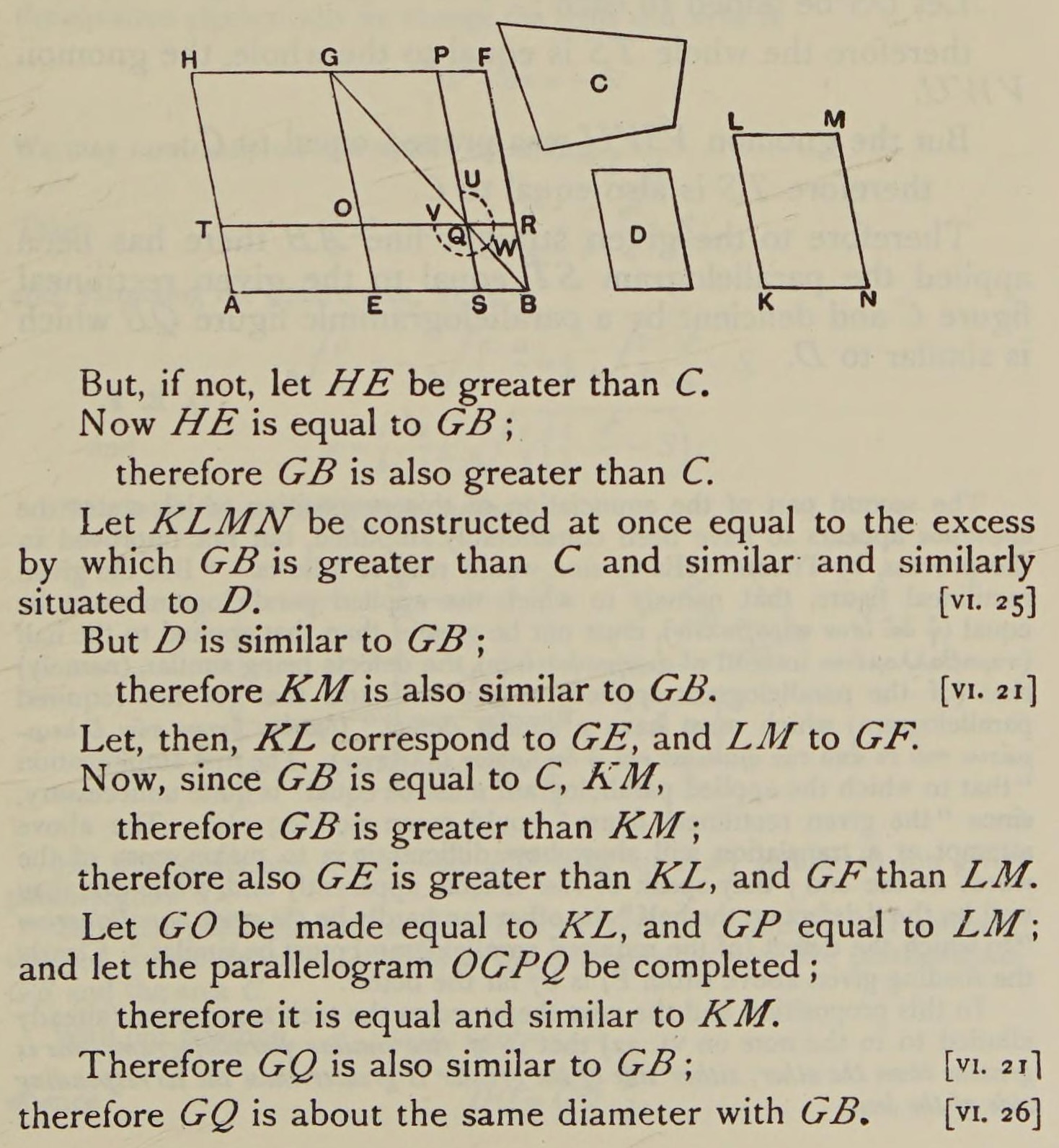
…Algebraists solved w/algebra (2000 BC)…
\[ \begin{align*} &ax^2 + bx + c = 0 \\ \Rightarrow \; & x_+ = \frac{-b + \sqrt{b^2 - 4ac}}{2a} \end{align*} \]
…From 1637 onwards, whichever is easier! 🤯🤯🤯 (Isomorphism)
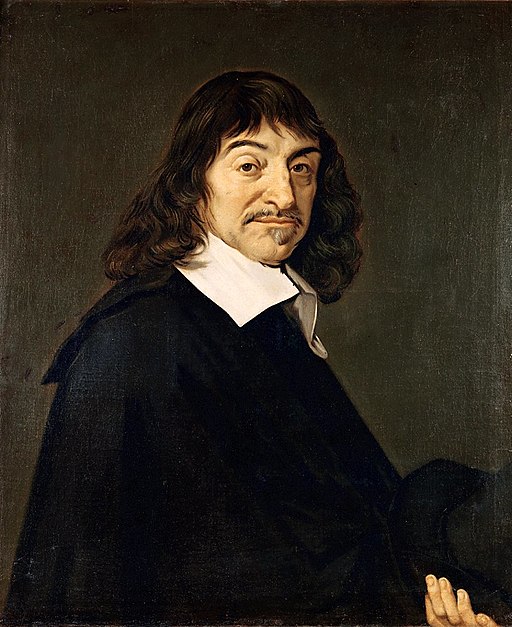
Learning How To Learn
He’s Literally Extremely Correct!
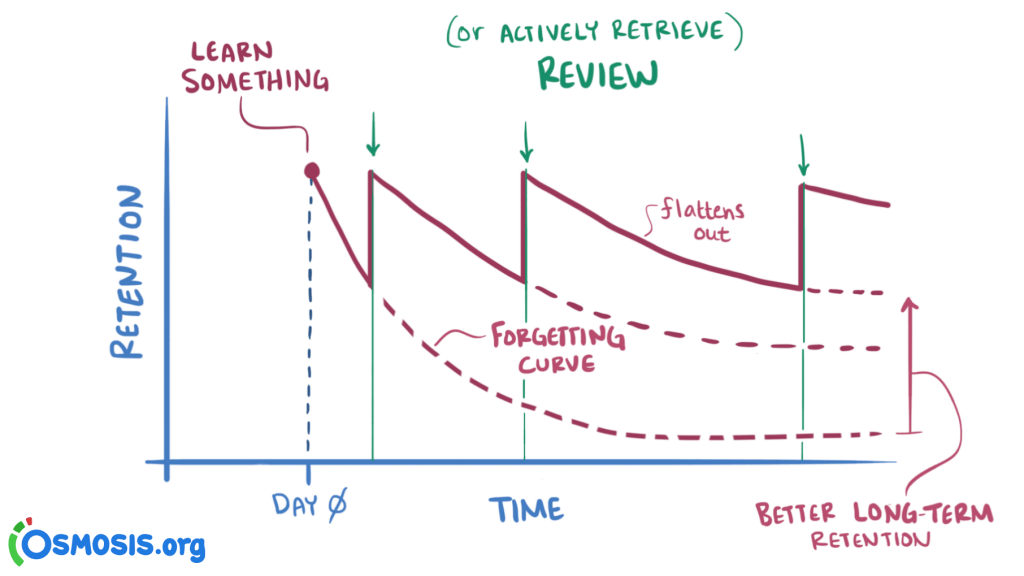
Let’s Make Some Dang Maps!
Our First Map: Polygons!
(Quick demo adapted from Sherry Xie’s R Consortium Workshop: Analyzing Geospatial Data in R, using DC rather than Philadelphia open data.)
Code
Reading layer `Census_Tracts_in_2020' from data source
`/Users/jpj/gtown-local/ppol6805/w02/data/DC_Census_2020/Census_Tracts_in_2020.shp'
using driver `ESRI Shapefile'
Simple feature collection with 206 features and 315 fields
Geometry type: POLYGON
Dimension: XY
Bounding box: xmin: -8584933 ymin: 4691871 xmax: -8561515 ymax: 4721078
Projected CRS: WGS 84 / Pseudo-Mercatorsf Objects
dc_sf is an object of type sf (short for “simple feature”), which extends data.frame, and contains features which have type POLYGON
[1] "sf" "data.frame"Simple feature collection with 6 features and 12 fields
Geometry type: POLYGON
Dimension: XY
Bounding box: xmin: -8577962 ymin: 4708107 xmax: -8572564 ymax: 4716136
Projected CRS: WGS 84 / Pseudo-Mercator
OBJECTID TRACT GEOID ALAND AWATER STUSAB SUMLEV GEOCODE STATE
1 1 002002 11001002002 849376 0 DC 140 11001002002 11
2 2 002101 11001002101 600992 0 DC 140 11001002101 11
3 3 002102 11001002102 725975 0 DC 140 11001002102 11
4 4 002201 11001002201 415173 0 DC 140 11001002201 11
5 5 002202 11001002202 698895 566 DC 140 11001002202 11
6 6 000101 11001000101 199776 5261 DC 140 11001000101 11
NAME POP100 HU100 geometry
1 Census Tract 20.02 4072 1532 POLYGON ((-8575655 4714476,...
2 Census Tract 21.01 5687 2335 POLYGON ((-8574745 4715676,...
3 Census Tract 21.02 5099 2221 POLYGON ((-8573824 4715684,...
4 Census Tract 22.01 3485 1229 POLYGON ((-8574654 4714781,...
5 Census Tract 22.02 3339 1454 POLYGON ((-8573792 4714811,...
6 Census Tract 1.01 1406 999 POLYGON ((-8577962 4708867,...Working With sf Objects
With some rare but important exceptions (which we’ll learn!), can be used just like a data.frame / tibble:
Classes 'sf' and 'data.frame': 206 obs. of 13 variables:
$ OBJECTID: int 1 2 3 4 5 6 7 8 9 10 ...
$ TRACT : chr "002002" "002101" "002102" "002201" ...
$ GEOID : chr "11001002002" "11001002101" "11001002102" "11001002201" ...
$ ALAND : int 849376 600992 725975 415173 698895 199776 1706484 505004 776435 1042157 ...
$ AWATER : int 0 0 0 0 566 5261 516665 0 439661 2305 ...
$ STUSAB : chr "DC" "DC" "DC" "DC" ...
$ SUMLEV : int 140 140 140 140 140 140 140 140 140 140 ...
$ GEOCODE : chr "11001002002" "11001002101" "11001002102" "11001002201" ...
$ STATE : int 11 11 11 11 11 11 11 11 11 11 ...
$ NAME : chr "Census Tract 20.02" "Census Tract 21.01" "Census Tract 21.02" "Census Tract 22.01" ...
$ POP100 : int 4072 5687 5099 3485 3339 1406 3417 4108 4672 6161 ...
$ HU100 : int 1532 2335 2221 1229 1454 999 2053 11 2169 2845 ...
$ geometry:sfc_POLYGON of length 206; first list element: List of 1
..$ : num [1:155, 1:2] -8575655 -8575655 -8575655 -8575655 -8575655 ...
..- attr(*, "class")= chr [1:3] "XY" "POLYGON" "sfg"
- attr(*, "sf_column")= chr "geometry"
- attr(*, "agr")= Factor w/ 3 levels "constant","aggregate",..: NA NA NA NA NA NA NA NA NA NA ...
..- attr(*, "names")= chr [1:12] "OBJECTID" "TRACT" "GEOID" "ALAND" ...Working With sf Objects
Simple feature collection with 6 features and 12 fields
Geometry type: POLYGON
Dimension: XY
Bounding box: xmin: -8577962 ymin: 4708107 xmax: -8572564 ymax: 4716136
Projected CRS: WGS 84 / Pseudo-Mercator
OBJECTID TRACT GEOID ALAND AWATER STUSAB SUMLEV GEOCODE STATE
1 1 002002 11001002002 849376 0 DC 140 11001002002 11
2 2 002101 11001002101 600992 0 DC 140 11001002101 11
3 3 002102 11001002102 725975 0 DC 140 11001002102 11
4 4 002201 11001002201 415173 0 DC 140 11001002201 11
5 5 002202 11001002202 698895 566 DC 140 11001002202 11
6 6 000101 11001000101 199776 5261 DC 140 11001000101 11
NAME POP100 HU100 geometry
1 Census Tract 20.02 4072 1532 POLYGON ((-8575655 4714476,...
2 Census Tract 21.01 5687 2335 POLYGON ((-8574745 4715676,...
3 Census Tract 21.02 5099 2221 POLYGON ((-8573824 4715684,...
4 Census Tract 22.01 3485 1229 POLYGON ((-8574654 4714781,...
5 Census Tract 22.02 3339 1454 POLYGON ((-8573792 4714811,...
6 Census Tract 1.01 1406 999 POLYGON ((-8577962 4708867,...Working With sf Objects
[1] 206 13Simple feature collection with 1 feature and 12 fields
Geometry type: POLYGON
Dimension: XY
Bounding box: xmin: -8575656 ymin: 4713958 xmax: -8574562 ymax: 4716136
Projected CRS: WGS 84 / Pseudo-Mercator
OBJECTID TRACT GEOID ALAND AWATER STUSAB SUMLEV GEOCODE STATE
1 1 002002 11001002002 849376 0 DC 140 11001002002 11
NAME POP100 HU100 geometry
1 Census Tract 20.02 4072 1532 POLYGON ((-8575655 4714476,...Working With sf Objects
[1] "Census Tract 20.02" "Census Tract 21.01" "Census Tract 21.02"
[4] "Census Tract 22.01" "Census Tract 22.02" "Census Tract 1.01" Simple feature collection with 6 features and 1 field
Geometry type: POLYGON
Dimension: XY
Bounding box: xmin: -8577962 ymin: 4708107 xmax: -8572564 ymax: 4716136
Projected CRS: WGS 84 / Pseudo-Mercator
ALAND geometry
1 849376 POLYGON ((-8575655 4714476,...
2 600992 POLYGON ((-8574745 4715676,...
3 725975 POLYGON ((-8573824 4715684,...
4 415173 POLYGON ((-8574654 4714781,...
5 698895 POLYGON ((-8573792 4714811,...
6 199776 POLYGON ((-8577962 4708867,...And… Actually Displaying the Map!

And with ggplot!
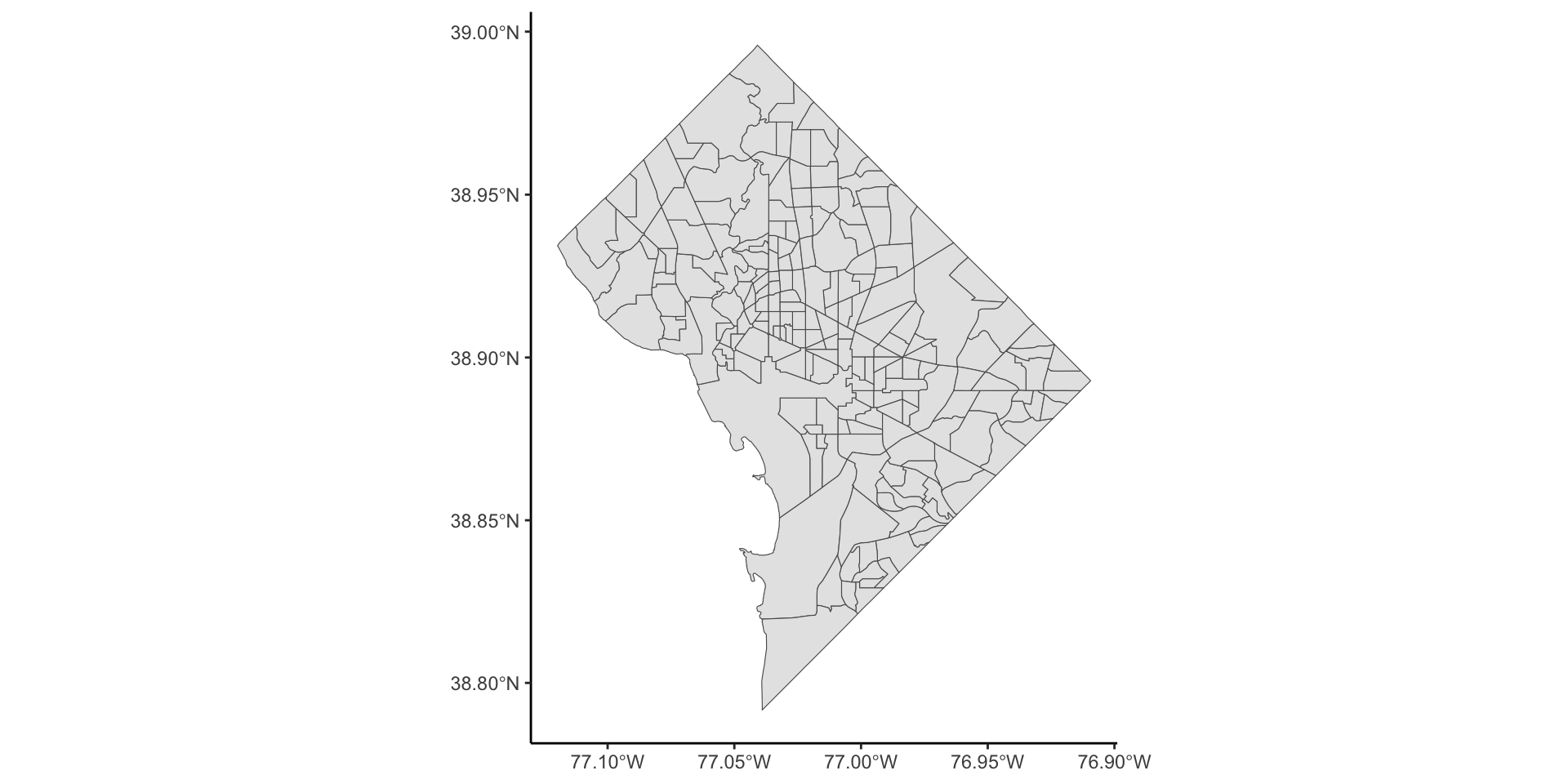
Vector \(\rightarrow\) Raster Data
Raster Data
- Each DC Census Tract has its own (odd) shape, which can be described by discrete coordinates forming a
POLYGON - For geospatial analysis, however, we often need to compute over evenly-spaced grids rather than this odd collection of shapes
- Most common example: photos taken from an airplane/satellite! [Remote sensing]
POLYGONs may make sense for demographers, but how about someone studying air pollution in DC? (Smog, for example, does not confine itself to census tracts!)
Step 1: Union of All Tracts

Step 2: Rasterize (terra)
Code
[1] 29 23 1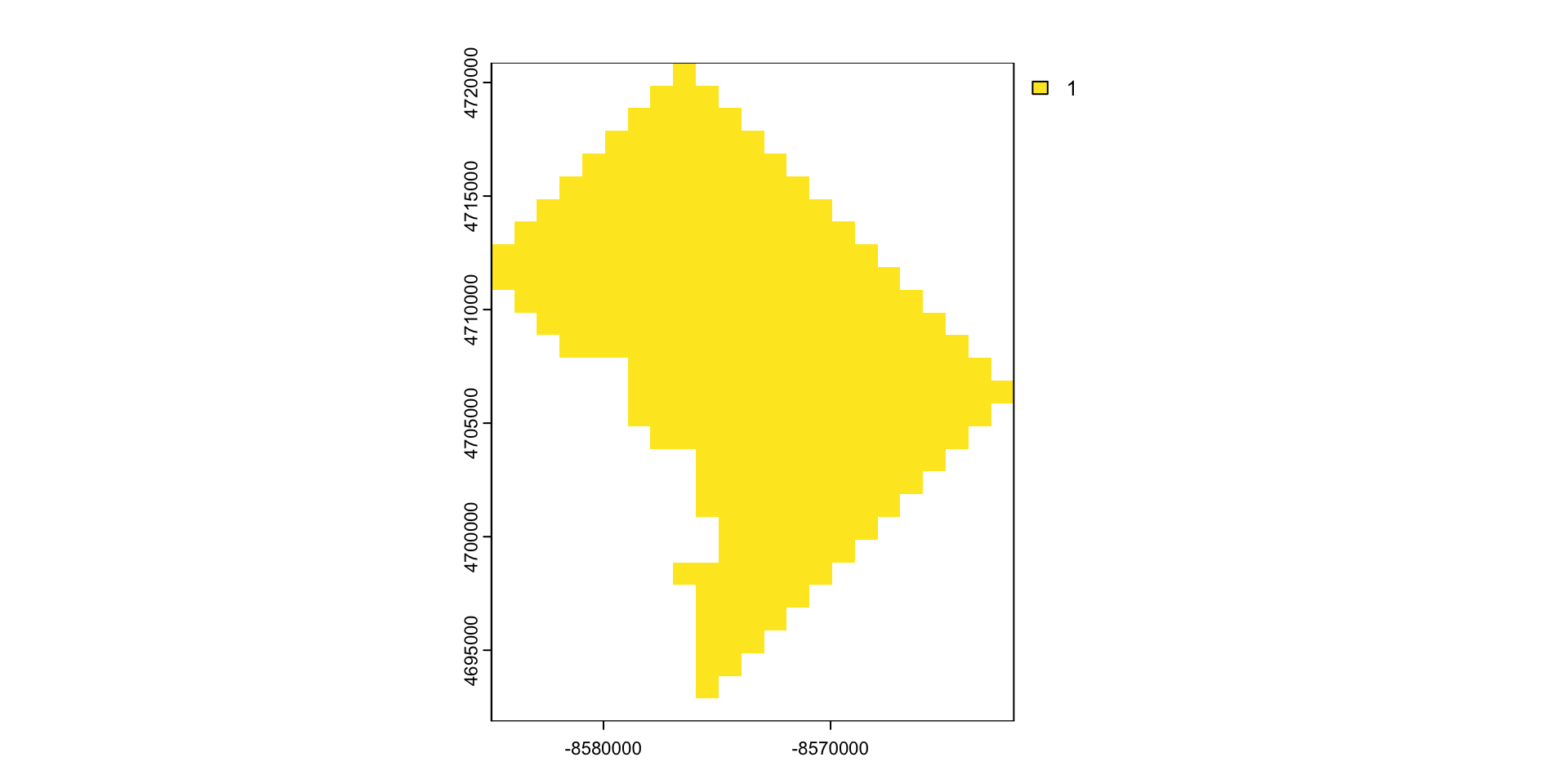
Rasters From Scratch
Welcome to Gridtown!
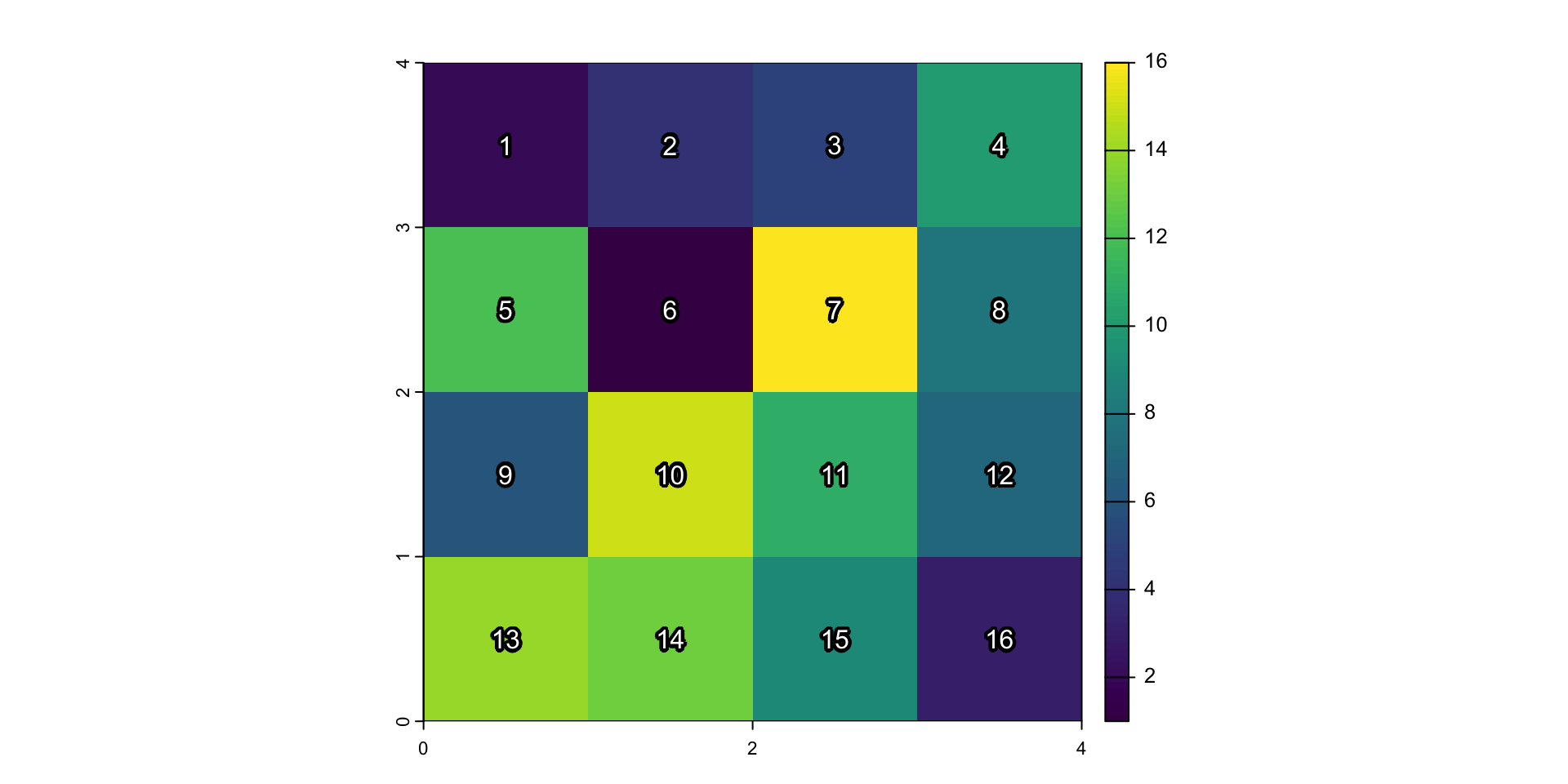
- Raster indices vs. values: The above plot displays indices for each cell: since a raster is a regular grid, can achieve memory-efficient representation with a single index (rather than, e.g., \((x, y)\) coords). But what we really care about are…
Raster Layer Values
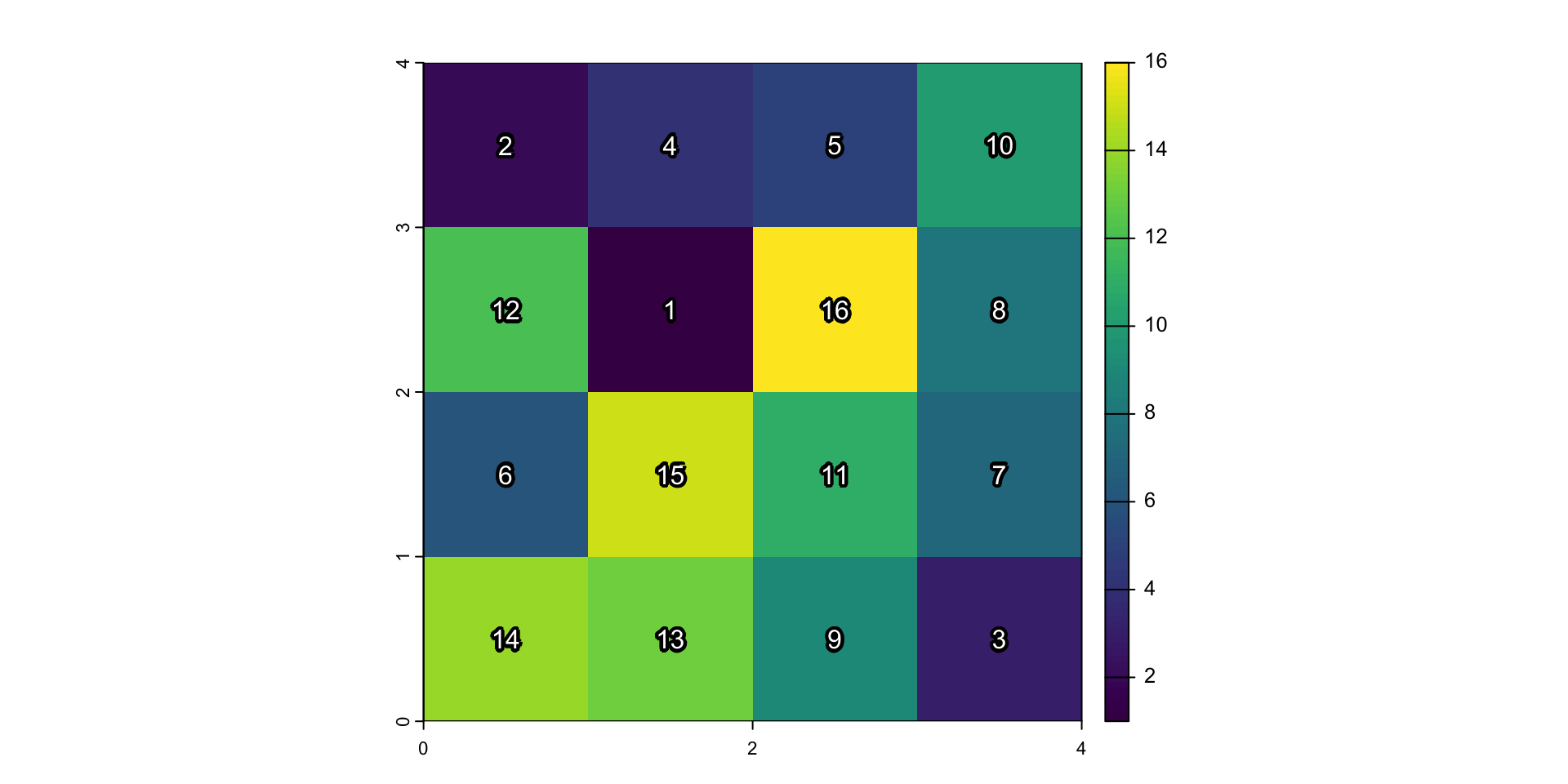
Figure 4: Gridtown Values
References
PPOL 6805 Week 2: How Do Maps Work?